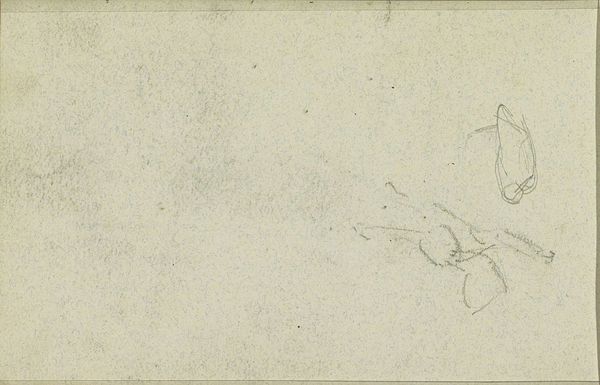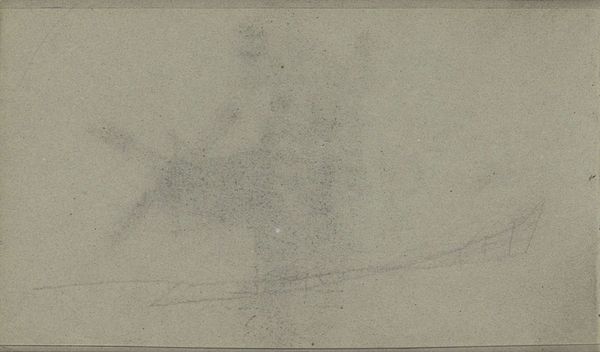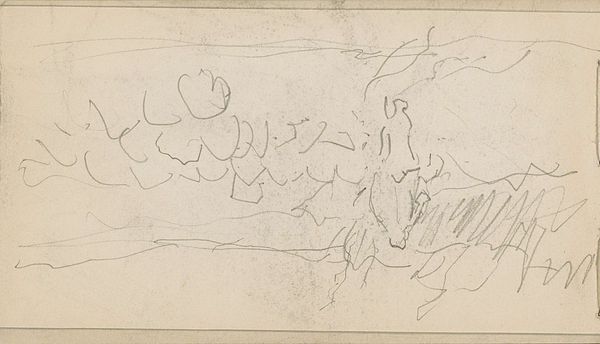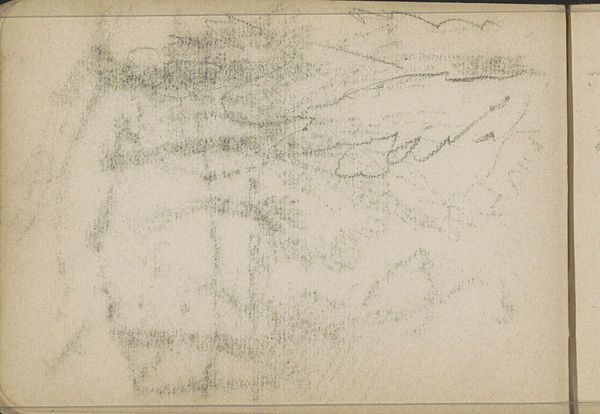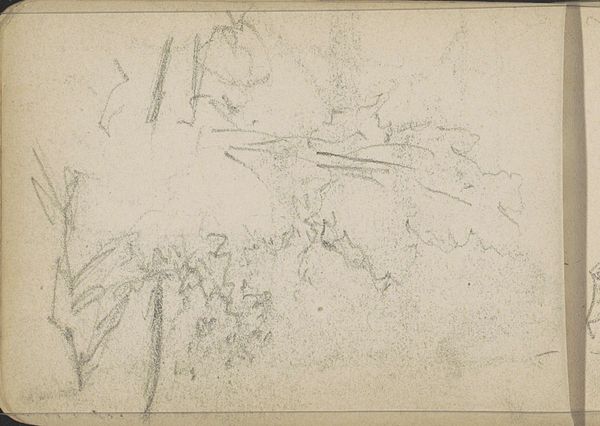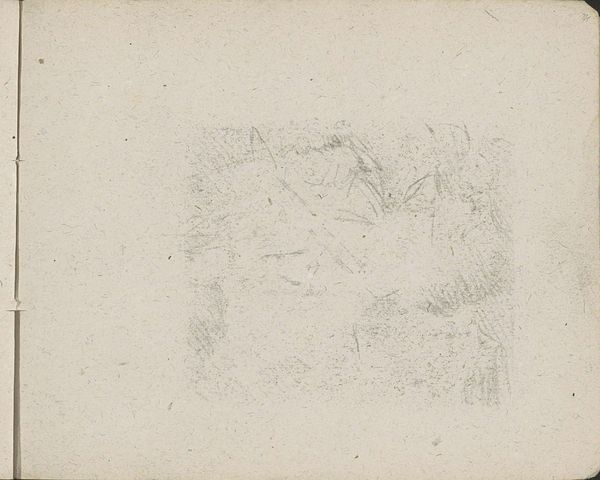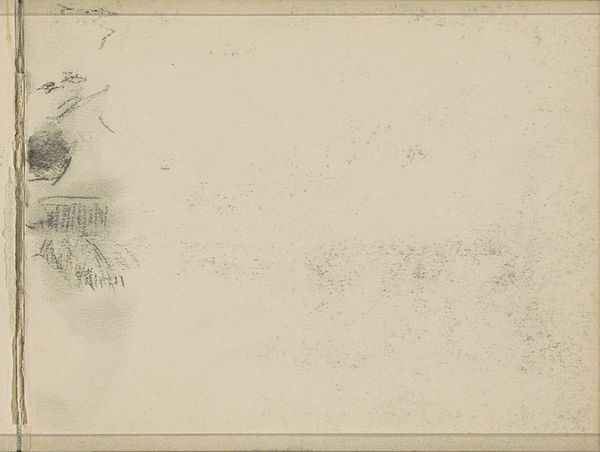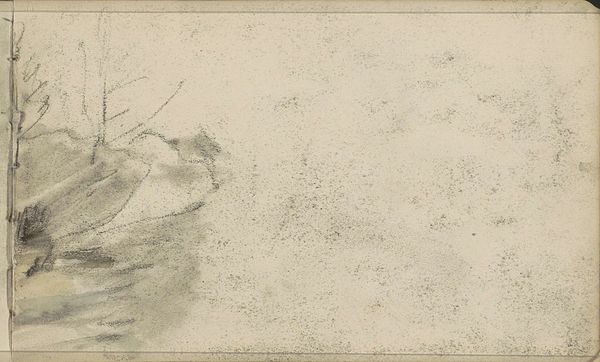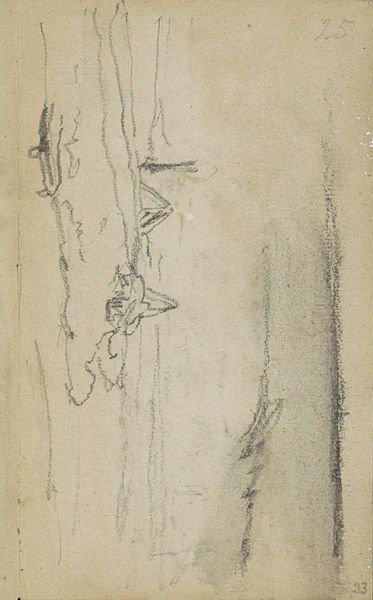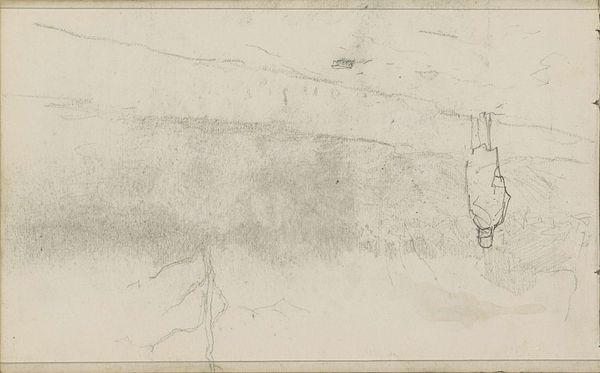
drawing, paper, pencil
#
drawing
#
landscape
#
paper
#
pencil
Copyright: Rijks Museum: Open Domain
Curator: What an interesting find! This pencil drawing on paper is titled "Path in a Landscape", and was created by Willem Cornelis Rip between 1919 and 1921. What's your first take? Editor: Minimalist, almost skeletal. It strikes me as incomplete, but perhaps that's its power—leaving so much to the imagination through the starkness of line. The heavy weighting on the right unbalances it slightly. Curator: Interesting point about balance, given the turbulent post-war years it was made in; maybe that speaks to a wider societal sense of unease finding expression. Do you feel that landscape depictions transformed generally in that era? Editor: Certainly! I see the artist deliberately fragmenting and attenuating form through line. Rather than attempting to create a picture of reality, it points to a far more emotional or psychological space. Curator: Indeed. Think about Rip's wider artistic circles at this time. He exhibited with groups concerned with radical social change—should we, then, understand it more in dialogue with those trends of depicting the effects of modern progress, rather than any adherence to landscape traditions? Editor: Undoubtedly the social element is key, but looking purely at the marks—the layering, the blurring—suggests to me something more intrinsic is going on. Perhaps the medium itself provides the symbolic vocabulary of this disruption? Curator: Well, let's say that it can exist in dialogue, working on both those planes—social expression, using purely the basic formal building blocks of art, and seeing how it creates this visual experience that speaks to an emotional idea that could also tie into societal disruption and unrest, through it's lack of harmony. Editor: A compelling point. All these levels acting on the art makes viewing an ongoing discovery. Curator: Precisely. Art continually changes depending on when and why we bring attention to it.
Comments
No comments
Be the first to comment and join the conversation on the ultimate creative platform.
